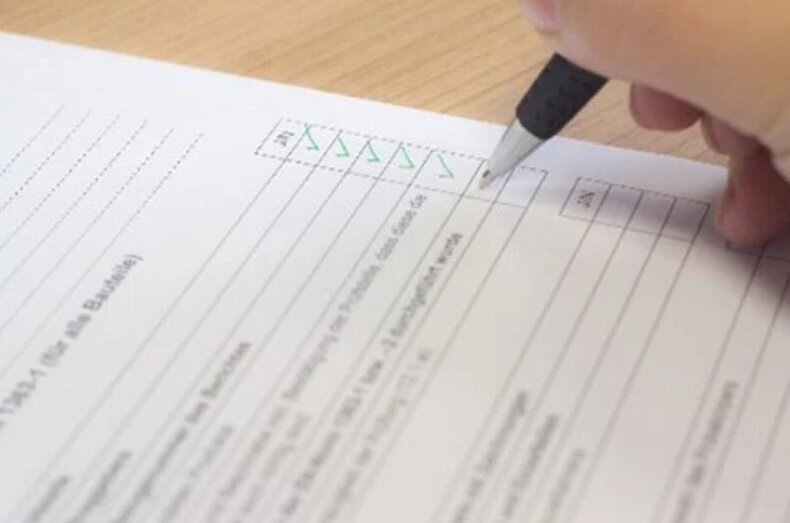operational resilience,
SM&CR,
third party risk
In a recent blog, the UK’s FCA strikes a frank and open tone: operational resilience is not a box-ticking exercise. This is a message that has been sent before, and we hear it again in this blog issued on 15th April 2025. Operational resilience is business critical....
Read More
FCA,
FOS,
Consumer Duty
Read More
FCA,
innovation,
competition,
global standards
UK regulator establishes footing in USA and APAC The FCA has announced the appointment of two regulatory representatives establishing its presence in the USA and APAC regions. Why is this necessary? How will help the UK? Establishing two regional offices aim to...
Read More
client assets,
client money,
Consumer Duty,
Compliance Monitoring
Time to read: 2-3 minutes Despite recent announcements that the Payment Services Regulator (PSR) will be disbanded, regulation is not going away. The FCA is taking on increased responsibilities and ensuring that there are consistent messages to firms on how to...
Read More
due diligence,
MIFID II,
Consumer Duty,
Product Governance,
data
Scrutinise your Product Governance Framework “Product oversight and governance refers to the systems and controls firms have in place to design, approve, market and manage products throughout the products' lifecycle to ensure they meet legal and regulatory...
Read More
compliance,
Consumer Duty,
data
Consumer Duty: Data to demonstrate compliance It’s now just over a year since Consumer Duty came into force for open products and 31st July 2024 saw the regime extended further to closed products. FCA took this opportunity to share feedback, and highlight areas where...
Read More
culture,
corporate governance,
risk management,
regulatory strategy
Robust risk management and good governance are crucial elements for success! As we approach the second half of 2024 and look forward to 2025, where are the regulators focusing their attention? In Ireland, we see the Central Bank of Ireland (CBI) focusing on: Fighting...
Read More
accountability,
oversight,
FCA gateway,
financial promotions,
marketing compliance
The UK’s financial promotions regime saw some significant changes in the past year, including the introduction of a regulatory gateway for approvers of third-party financial promotions. The emphasis on financial promotions isn’t new. In recent years, we’ve seen the...
Read More
governance,
third parties,
accountability,
corporate governance,
risk management,
regulatory strategy,
monitoring
“Depending on who you speak to, AI could either lead to the destruction of civilisation, or the cure for cancer or both. It could either displace today’s jobs or enable an explosion in future productivity. The truth probably embraces both scenarios. At the FCA we are...
Read More
accountability,
SM&CR,
audit trail
The SM&CR review was announced as part of the Edinburgh reforms towards the end of 2022, with HM Treasury indicating that “ some stakeholders have raised concerns about their experiences of specific aspects of the regime .” Consequently, the government is assessing...
Read More
consumerduty,
culture,
complaints
Complaints: The Hidden Signals Your Data Might Be Showing Time to read: 2-3 minutes The FCA’s thematic review on complaints handling took place almost 10 years ago, but its findings continue to be relevant and are echoed in the FCA’s Consumer Duty work. The regulator...
Read More
wealthmanagement,
consumerduty,
compliance,
corporate governance,
risk management,
conflicts,
monitoring,
SM&CR
Conflicts of interest is a subject matter that should be relatively easy to understand and as such, straightforward when it comes to compliance. Why then do we hear of senior managers who have failed to declare a potential conflict or to recuse themselves from related...
Read More

















